Mercedes-Benz has been talking up its new fourth-generation C-class for some time now, suggesting it is a significant improvement on its predecessor.
Up to now, though, the only real evidence at the new executive class contender’s progress has come by way of some early details, revealing its lightweight aluminium construction and its stylish new interior, which is clearly a big improvement on that of the old model — not only in terms of design and quality but overall accommodation and sheer feel-good factor.
Now, with Mercedes-Benz officials on edge as they prepare to take it public for the first time, here we are at the German car maker’s vast R&D centre on the outskirts of Stuttgart, ready to ride in a lightly disguised prototype of the new Mercedes-Benz C-Class saloon, the first in five individual bodystyles in which it will eventually be produced. We're also here alongside the man responsible for its development, Michael Kraemer.
Fittingly, Mercedes-Benz has brought along what it expects will be the best-selling model in the UK, the C220 BlueTec. Powered by an upgraded version of Mercedes-Benz’s widely used turbocharged 2.1-litre four-cylinder common rail diesel, it becomes the first C-class model to receive urea-injection technology, in the process providing it with EU6 emission compatibility as well as significantly improved fuel economy. It also ditches the CDI model identification for the BlueTec tag.
Output remains the same as the outgoing model, at 168bhp and 295lb ft of torque. It is channelled through a standard six-speed manual gearbox, although the car we’re in sports the optional seven-speed automatic gearbox, complete with remote shift paddles.
As with every C-class since the original, this new one will be sold with standard rear-wheel drive. But, in a long overdue move, selected models will also be available with optional 4Matic four-wheel drive in right-hand-drive guise, allowing Mercedes-Benz to challenge the likes of the Audi A4 quattro and BMW 3-series xDrive for the very first time.
First impressions?
It has grown, most notably in length. In keeping with developments with other recent new models from Mercedes-Benz, the new C-class has been given a much longer wheelbase in a move clearly aimed at providing added distance to the recently introduced CLA.
It also provides the basis for added interior and boot space – the latter of which increases by five litres to a nominal 480 litres with the rear seat backs in place.
Despite the light disguise covering the car we’re about to ride in, it is clear the new C-class has been styled to resemble the larger Mercedes-Benz S-Class. This is particularly evident in the detailing of its bold front end, surfacing treatment, body side feature lines and gently sloping rear. As with the larger Mercedes-Benz E-Class, buyers will get to choose between a traditional grille like that of the prototype and more modern soft-nose treatment.

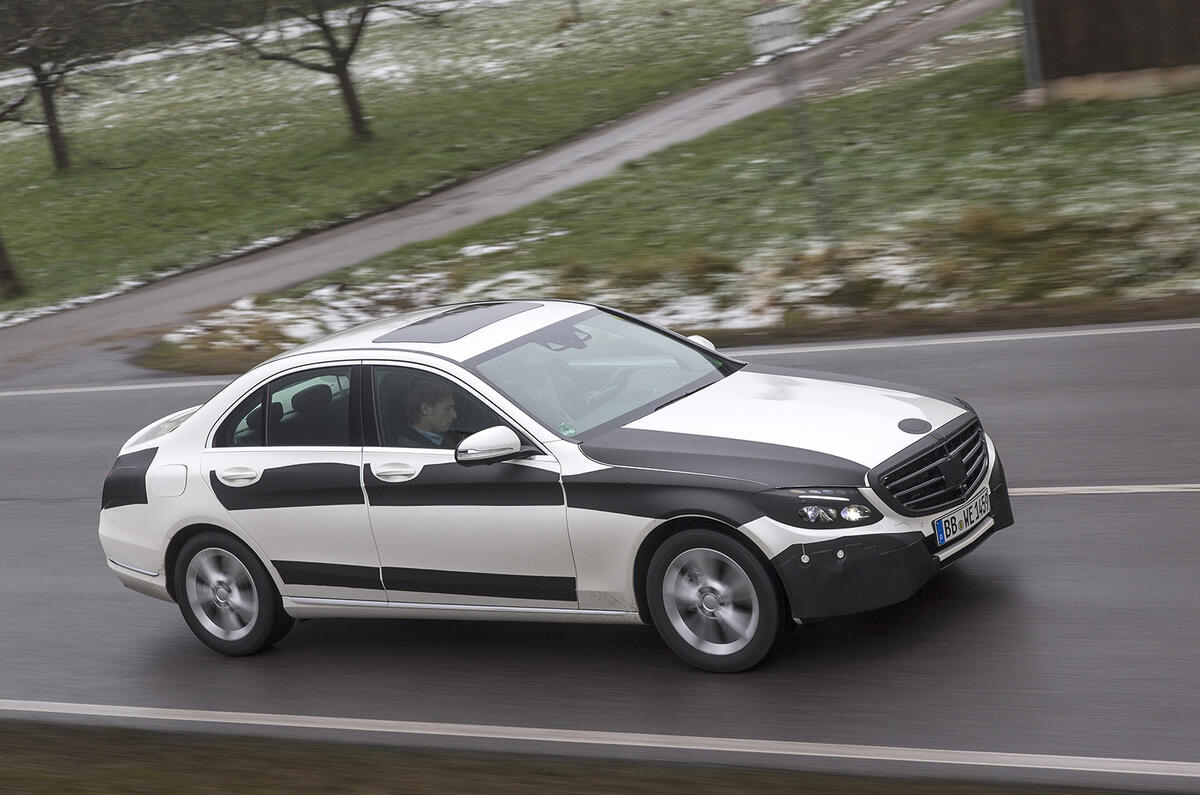





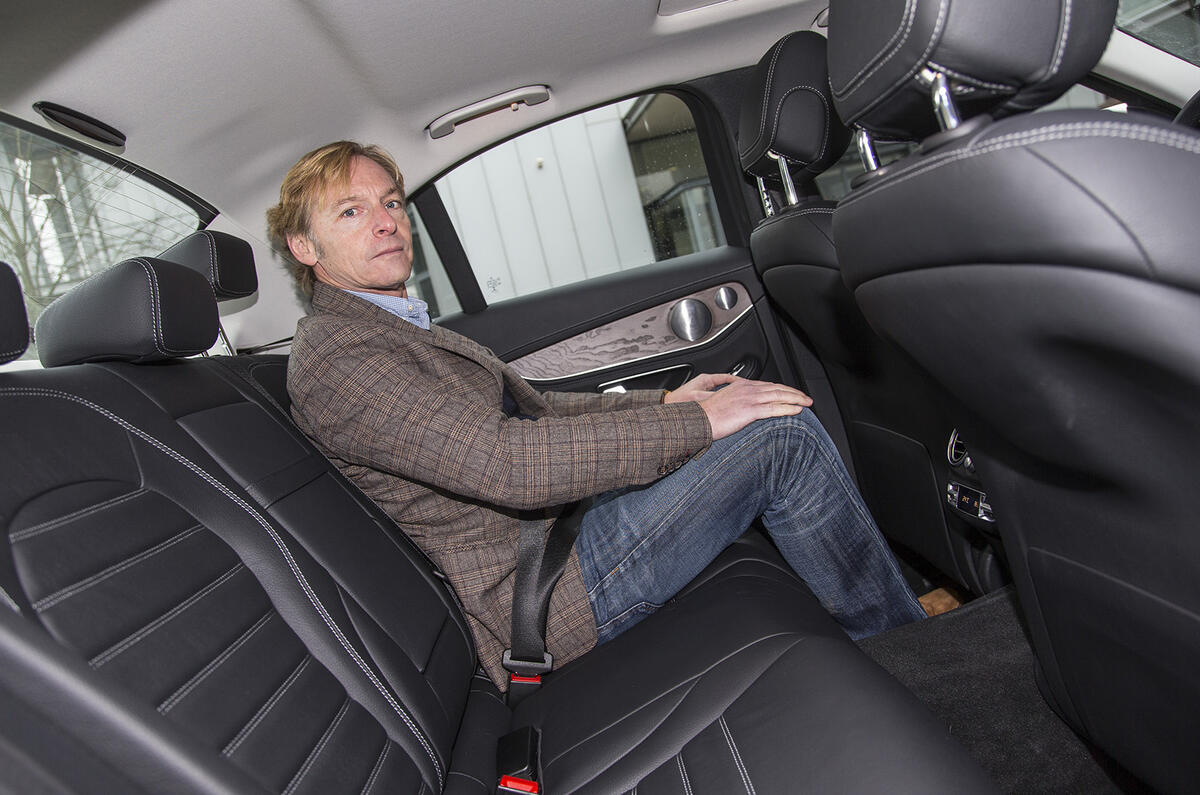




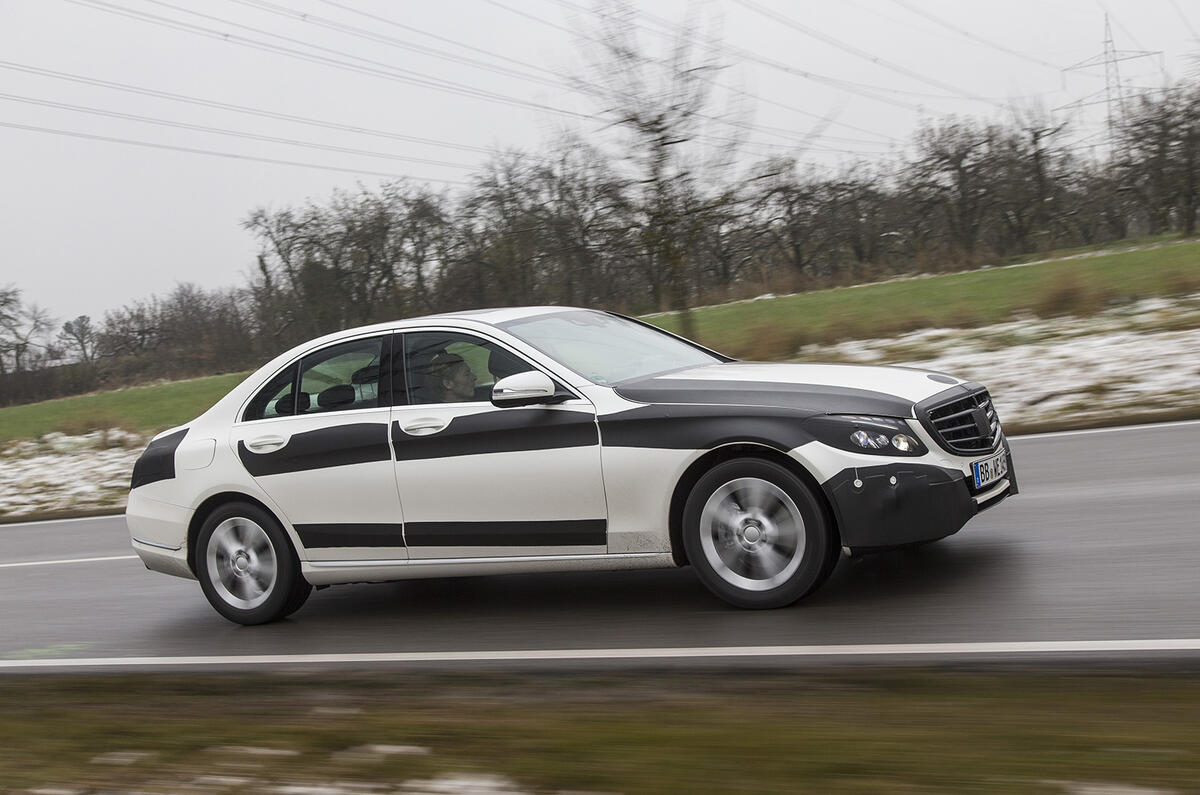
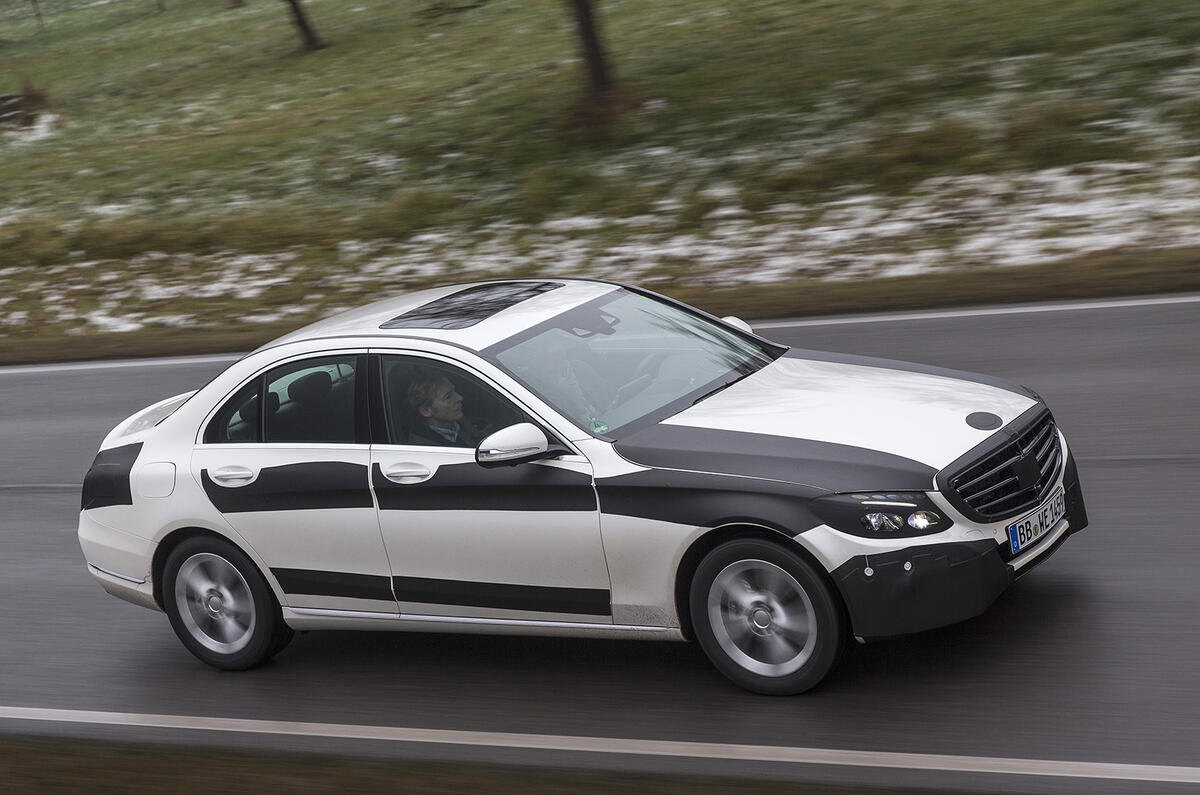
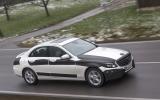















Join the debate
Add your comment
There's a suggestion
Wait until Jaguar's class leader arrives
Roadster wrote:When all is
Time to put the crack pipe away.
@ winniethewoo - saying that